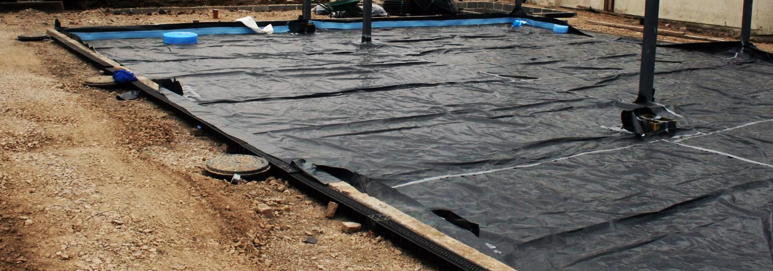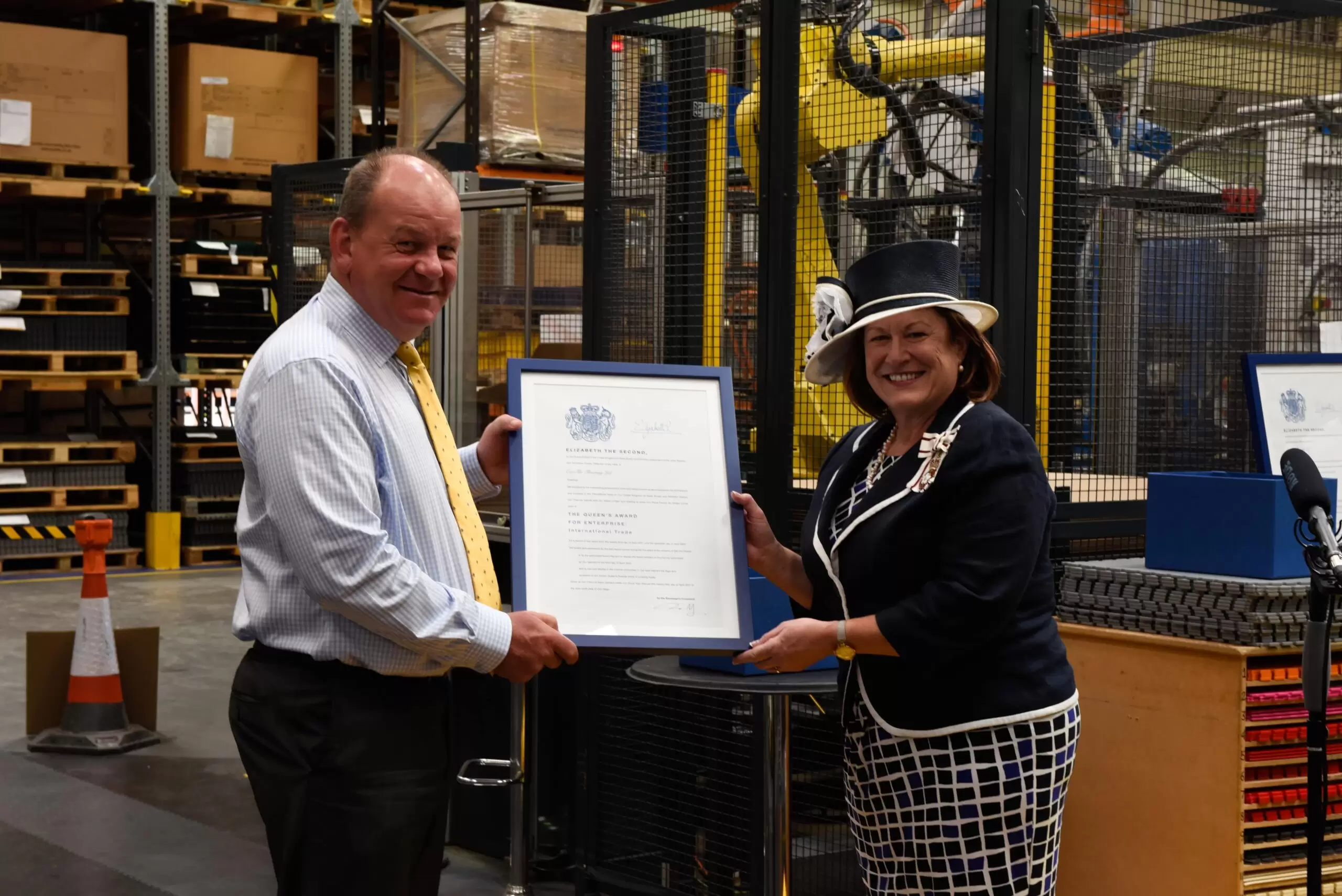
One of the great advantages of Ecotile is that you don’t need a damp proof membrane, the tiles won’t be affected by damp in the floor and any moisture can evaporate out between the joints. However, some of our customers choose to use one because of other factors in their particular environment and they ask our advice as there’s a lot of confusing information out there. So we’ve written this guide to give you the basic information you need in an easy to understand format. Let us know what you think!
What is a Damp Proof Membrane?
A damp proof membrane (DPM) is used to create a barrier between a concrete (or screed) subfloor and the floor covering that is laid on top such as wood, ceramic or quartz tiles, laminate or carpet. This barrier is intended to stop moisture passing from one to the other. Damp proof membranes can be used to help resolve damp issues which already exist or to avoid damp or moisture problems further down the line. If you try to install parquet wood or carpet on top of concrete without damp proofing it, you will experience problems in the future.
How do I know if my substrate already has a DPM?
The level of moisture in the floor is the best way to judge whether a DPM has been laid and the most reliable results are likely to be achieved using an approved, hand-held moisture meter. If you decide to measure the moisture yourself, make sure that the meter you’re using has been tested and that you’re taking sufficient and accurate readings, otherwise your results may be completely meaningless.
Although acceptable moisture content guidelines vary, generally speaking, if the moisture content of your subfloor is above the manufacturers guidelines for your chosen floor covering , you’re more than likely going to be obliged to lay a damp proof membrane. Only by doing so are you sure to prevent moisture passage and damp problems. In some instances, even if the moisture content is lower than the recommended level, you may still want to consider investing in a damp proof membrane to avoid the risk of future damp problems.
Are there different types of damp proof membrane?
Which one is right for me?
- Liquid Membrane
With this solution you are essentially painting the floor of the basement. To laymen, it would seem like this would not be considered damp proofing. The liquid membrane is painted onto the concrete. When it dries, it creates an incredibly hard surface.
The membrane is formulated to create a seamless barrier between the underlayment and the concrete slab. It should be applied to the walls of the basement prior to finishing them. When you do this, you will be creating an airtight seal which will prevent moisture from traveling.
- Cavity Drainage
If your damp proofing needs are minimal, then cavity drainage may be the solution for you. This damp proofing option is a specially designed plastic that you lay on the concrete and trim as needed to cover the entire floor. It is a membrane layer which sits between the concrete and the underlayment, but it is not a liquid.
It looks like bubble wrap, as it has small nooks and crannies. When dampness occurs on the concrete, the condensation doesn’t penetrate the membrane but is instead redirected. Once the little pouches are filled with water, they drip off and flow toward the basement’s drainage hole.
What else do I need to think about?
Water can find the tiniest hole or crack, then make it much larger. it It will create a problem for you over time. Prior to applying a membrane, liquid or otherwise, always search for holes and cracks in the concrete floor, as well as gaps where the floor meets the wall. Apply silicone caulk along the wall you as you would when sealing bathroom tile or a sink.
Epoxy is a product that is often used to fill and repair granite. It also works with concrete. Use epoxy to fill holes and cracks in the concrete. It will dry clear, flat, and completely waterproof.
Surface preparation is a vital part of any contract. Improper or inadequate preparation can cause premature failure of the system.
If you are finishing your basement, then a dehumidifier should be used until the area is sealed, finished, and insulated. A basement becomes damp and dank because of the coolness from the ground mixing with the heat from the home. A dehumidifier pulls moisture from the air to keep the basement dry.
For more expert advice about preparing substrates we recommend F-Ball

CEO and founder James Gedye has established Ecotile as the leading provider of interlocking floor tiles to the UK and around the world. Founded in 1996 from his bedroom turned office, James has built Ecotile into a multi-million-pound business, with sustainability still at the heart of his vision.
Based in Luton, Bedfordshire, Ecotile remains a privately owned UK manufacturing company, precision engineering all products in a purpose-built ISO accredited factory.
Leading the company to 2 prestigious Queens Awards in 2017 for Enterprise for Innovation and International Trade, these accolades underline James’ desire to create the highest quality products and fly the flag for British manufacturing. Working directly with leading businesses for over 25 years, James’ Ecotile brand has become synonymous with trust.
Used by 1000s of leading businesses, trusted by the MoD and specified by contractors, Ecotile floor tiles can be found across the world.
Connect or follow James on LinkedIn…

